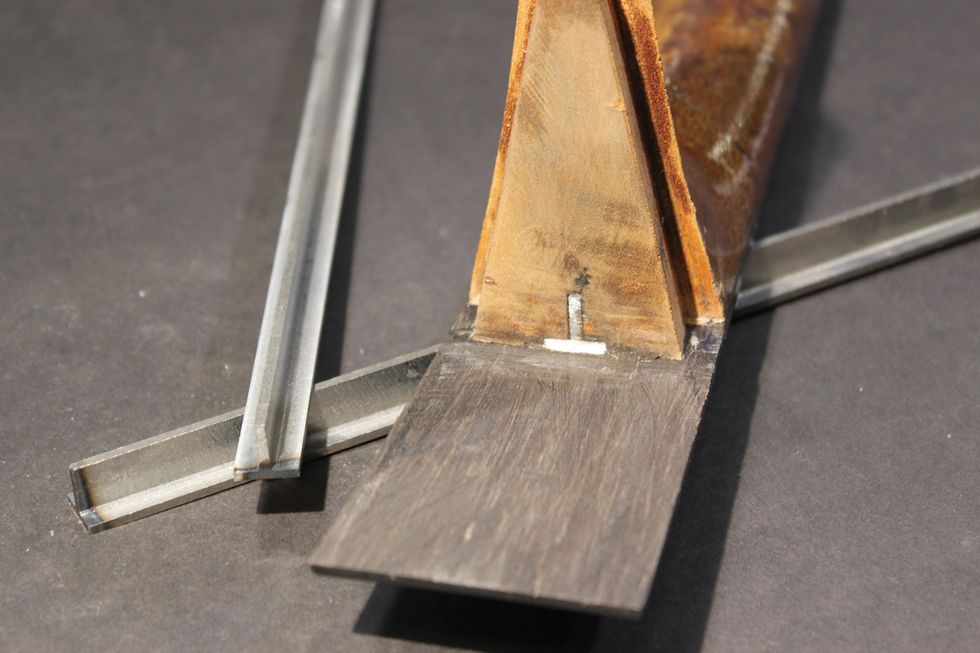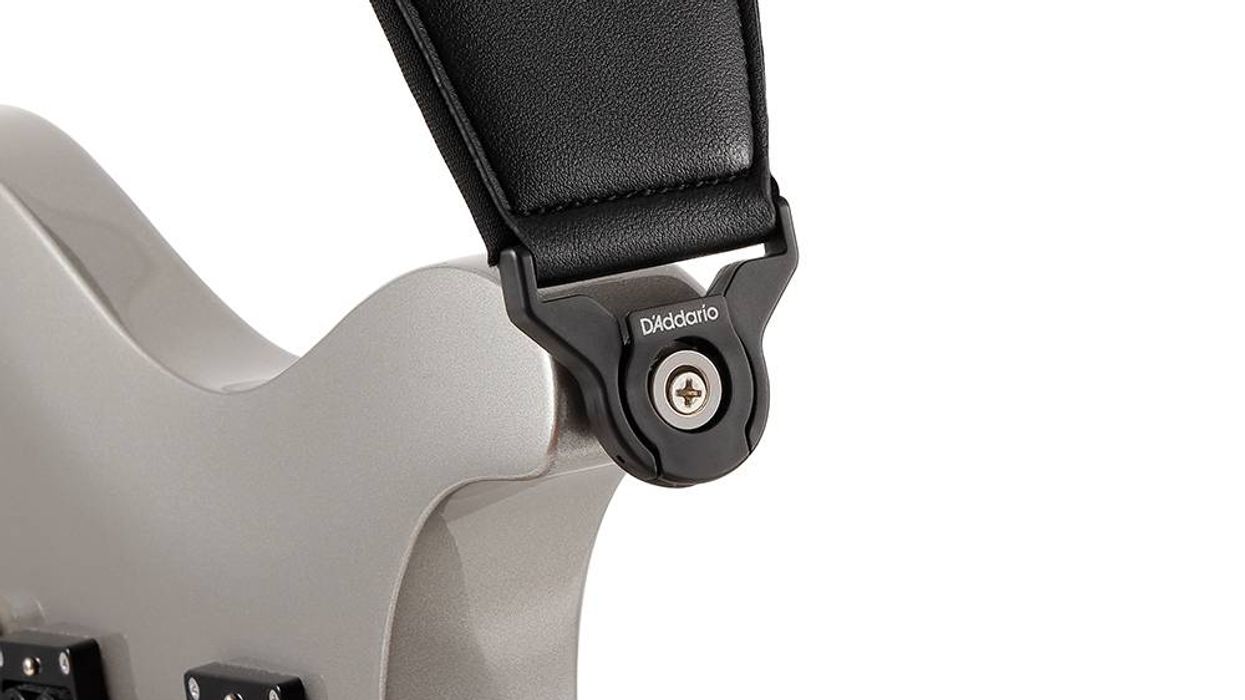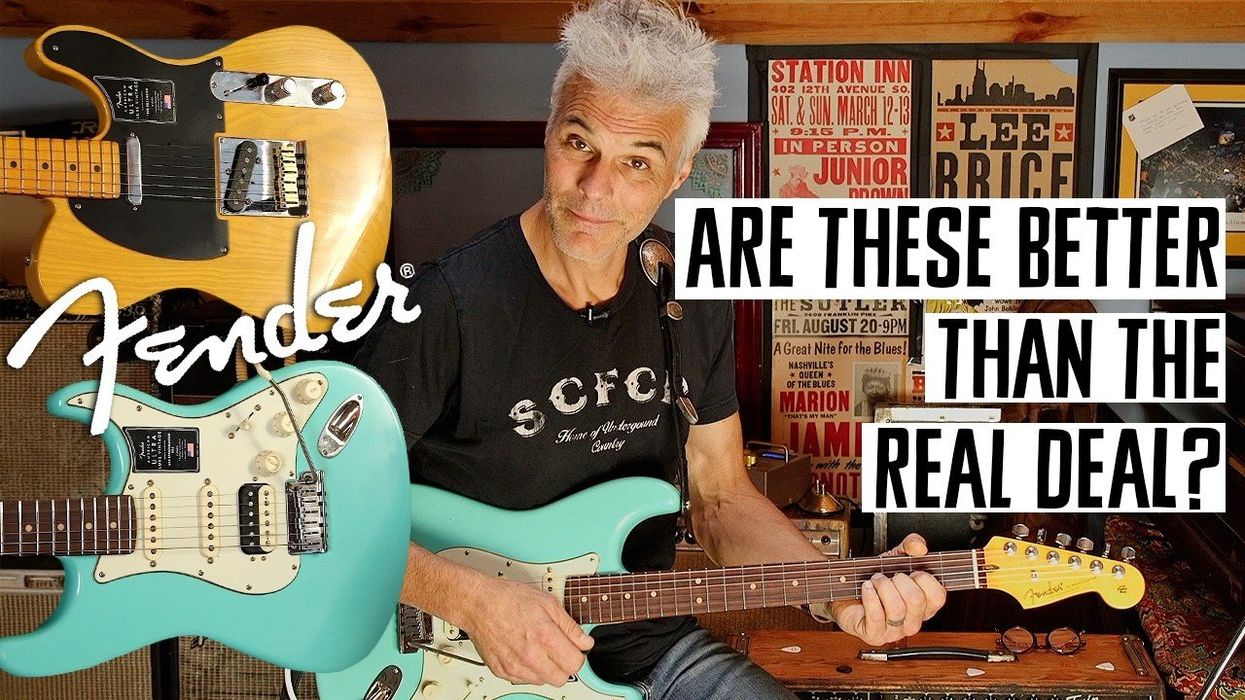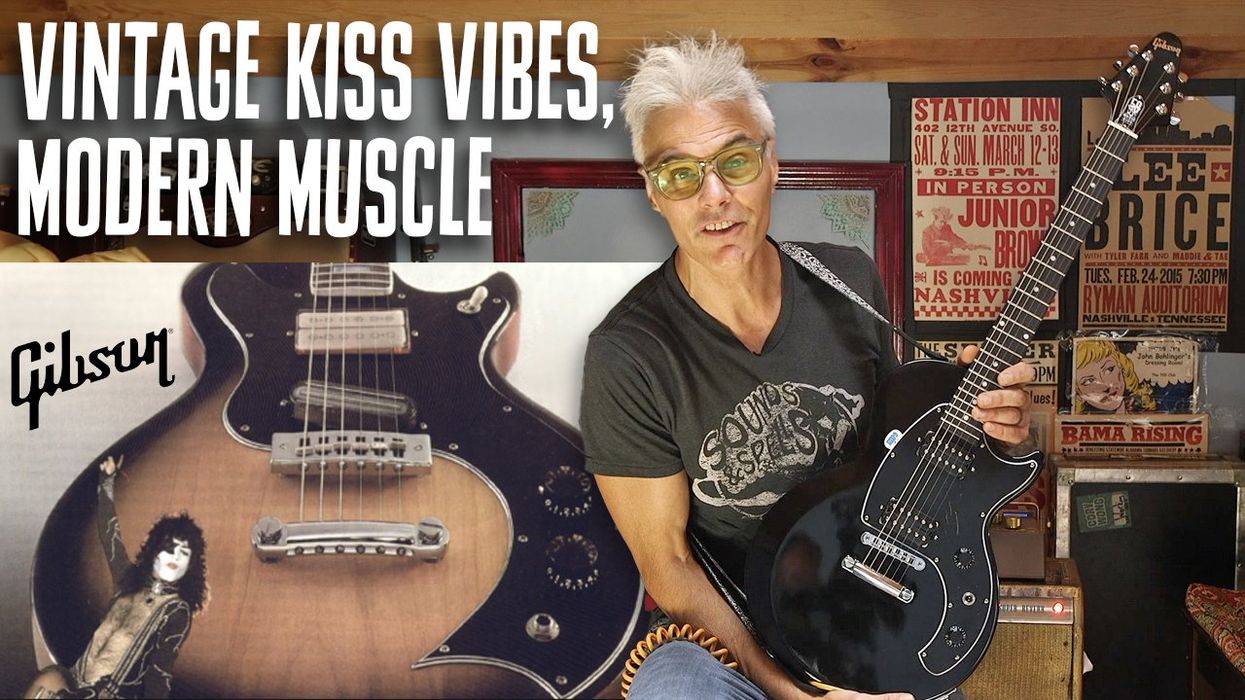In my past several columns, I’ve talked about the importance of the soundboard and how its coupled components profoundly affect the performance of an instrument. Even though it’s true that a guitar’s soundboard system is ultimately the gatekeeper to great tone, there are about 17 separate points of coupling (glue joints and components) on an acoustic guitar, and each has a place in forming the sound of the instrument.
One component that can be overlooked, or, should I say, underdeveloped, is the guitar’s neck, and I’m not just talking about how it plays. I’m referring to the structure of the neck itself. A stiff neck is key to promoting high-end and sustain, but far too many instruments have weak necks due to low-quality materials and poor construction methods.
One prime component of a quality neck is the truss-rod system, which could be one of three styles: the static truss (non-adjustable), the single-action adjustable, or the double-action adjustable.
The first adjustable truss rod I encountered was with early 1900s Gibson instruments. The backbone to this system was a single-action carriage bolt with a brass nut and half-washer, all accessible under a cover on the peghead. When the nut was tightened, the truss rod counteracted the string tension, and when loosened the opposite would happen. Some people view this access pocket as a design flaw which could cause the peghead to break prematurely, but I have owned many Gibsons over the past 40 years and have never broken one of them. Furthermore, I have seen many more pegheads break on electrics than acoustics, so it’s most likely that electric players just tend to break their guitars more. For an adjustable system, these were pretty hard to beat, so I give the Gibson-style single-action truss rod a thumbs-up.
Sometime in the ’80s, the double-action truss rod appeared—primarily in the custom- and boutique-guitar market. This innovation had a right- and left-handed thread on the same rod. When turned one direction, it would add relief, and when turned the other, it added back-bow. Even though this style of truss rod was very effective, it did have quirks. The adjustment nut was welded on, which created a weak spot that would break if used incorrectly. And the fact that some double-action rods worked backwards from standard systems only added to the confusion.
A stiff neck is key to promoting high-end and sustain.
Finally, let’s take a look at the non-adjustable, static truss system that was used on some of the most iconic acoustic guitars ever made. The earliest versions were simply 3/32" x 3/8" sections of steel glued in place. They did a pretty good job, but it wasn’t until Martin introduced the T-bar (Photo 1) that static systems were perfected. The T-bar was incredibly rigid and added weight, which in turn helped drive an acoustic guitar’s body.
The only drawback (if you could call it that) was that it couldn’t be adjusted, but it’s been my experience that T-bars are so rigid they never need to be adjusted. For this reason, and others, I give Martin T-bars a big thumbs-up as well. What’s the interesting twist to all this? Many builders today blend the best of both worlds by adding stabilizing rigidity bars on both sides of an adjustable truss rod. Steel and graphite are the most common choices, but in my shop, we choose the steel option to add weight that mimics the mass of a vintage Martin T-bar.
Structurally, the truss rod plays a major role in the integrity and quality of a neck’s design. When done right, it adds stability and playability, but at its worst it will cause a lot of problems that can rob an instrument of its high end and sustain. In some cases, sympathetic vibrations caused by poorly installed systems can be activated by certain notes on the neck, which will cause a guitar to have one or more dead spots, or just flat-out rattle.
Dead spots or rattles are most common with double-action systems, and while this issue can be easily fixed by simply turning the truss rod until it becomes slightly activated, most players and technicians don’t understand what’s happening. And the issue will go on for years.
All of the systems I’ve mentioned are good options, but if you own a guitar with an adjustable truss-rod system, just be sure you know its limitations, and your own. Most technicians are more than happy to guide you through the steps of properly adjusting a truss rod so you can become familiar with the process. I strongly encourage you to take this route, because breaking a truss rod not only disables your guitar, it’s an incredibly expensive repair.
















